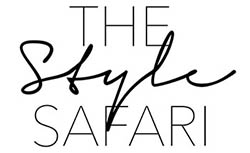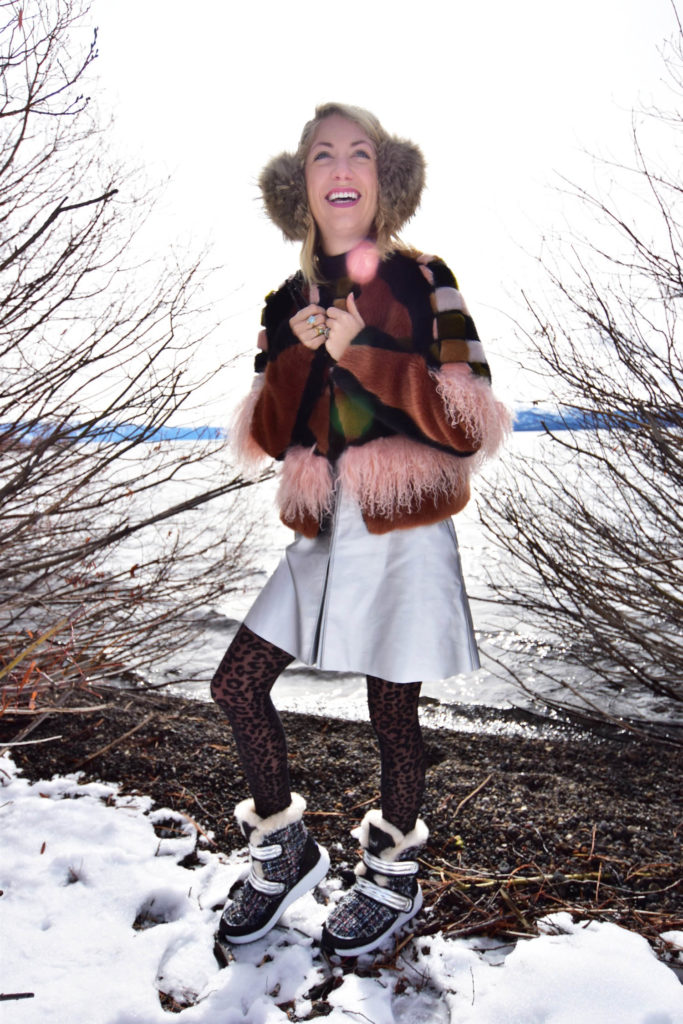Hello Hello Hello Everyone! One of the things I encounter the most when talking to people about sustainable fashion is ‘Where to Start’? Understandably, making the change to embrace a sustainable wardrobe can be daunting, confusing, and take time. But that’s ok! It’ taken me years to understand the industry, my shopping habits, and make changes that I feel make sense for me, and I anticipate the same for you too. But knowledge is the first step, and that’s why I am SO EXCITED to share this mini challenge with you!
My Slow Fashion Challenge is one week filled with 5 brief exercises to get you more accustomed to behaviors that help promote sustainable fashion. That means only 1 simple challenge a day, building as you go, to help build your arsenal of knowledge around where items are made, the cost associated with making clothing, and the end-of-life of your clothing. Apparel is a full lifecycle just like you, animals, and the food you eat, so if you are conscious about animal rights and organic and farm to table food, then there is no reason not to think about your fashion consumption in the same way.
Every day on instagram this week I will present a new, small challenge to build your slow fashion vocabulary, but all 5 challenges are available here for those of you who like to read ahead. Below I’ve described all 5 challenges, what the take away from each is, and bonus information to help take what you’ve learned to the next level.
Are you ready to level up your wardrobe with my #SlowFashionChallenge ? Let’s get started!
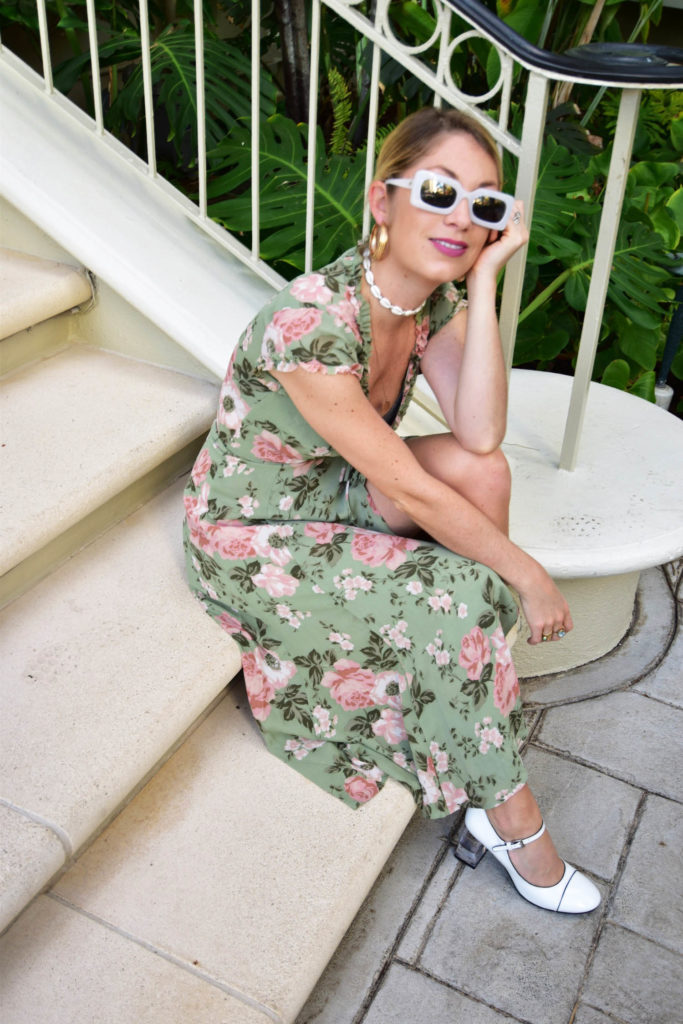
{Reformation Dress}
Day 1 Challenge: Look at what you’re wearing right now. Where is it made, and how much did it cost?
This is pretty self explanatory, but knowledge is the first step. On my instagram, I am asking people to comment with this information, in the hopes of better understanding the reciprocal relationship between where something is made and what the price is. Often times, the labor is the largest expense in a garment’s cost, and thus the price to the consumer, so the best way to cut that price is to produce it in a country with little or no minimum wage laws. This is not to say that every single item produced in that country is unfairly made, but it does help to create a first wave of knowledge.
As consumers, the takeaway here is to look at the country of origin of where that items is made, and perhaps consider what the maker may have been paid in order to produce your garment. There is no right or wrong answer on whether you should still buy that item, but getting in the habit of looking and thinking, instead of blindly purchasing. When grocery shopping, when buying a new product we check out the nutritional facts, maybe the ingredients list… so this is the sane thing!
{Jacket rental from Rent the Runway, silver skirt I made}
Day 2 Challenge: Re-look at your dry-cleaning pile, is there anything you can wear one more time before getting it cleaned?
Another easy one, but let’s take a look at that dry cleaning pile, or whatever you’re wearing right now that you’re going to throw into the laundry as soon as you get home. Dry cleaning uses toxic ingredients that continue to emanate off of the garment even after it’s left the shop, meaning you smell it, absorb it, and release it into the air. Dry cleaning less often is a small way that you can help preserve our environment, and bonus… save some cash. Brands like The Laundress sell at-home non-toxic detergents for washing cashmere and wool, so that you launder your luxuries at home!
The next step is to re-think your laundry at home as well. Maybe you can wear those socks one more time, or maybe that t-shirt doesn’t actually smell even though you wore it all day. Going one more wear without a wash saves the garment from breaking down, as well as preserves precious water, and releasing chemicals into our sewage/runoff. Invest in a dryer ball instead of using dryer sheets (So wasteful! Only one use?) and consider non-toxic detergents instead!
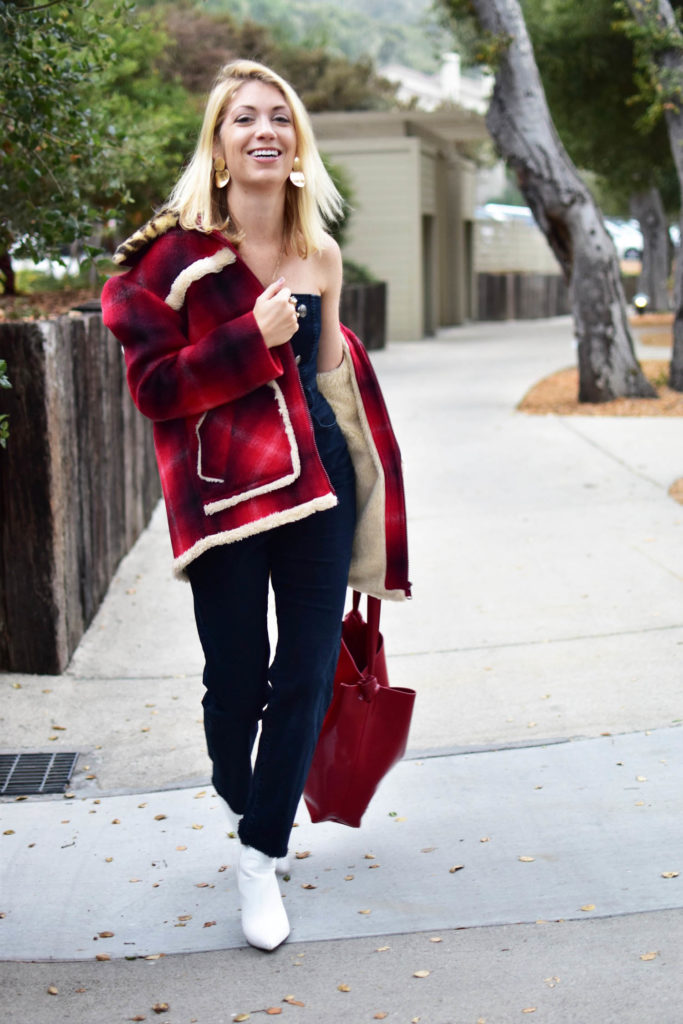
{Jumpsuit and jacket rental from Rent the Runway}
Day 3 Challenge: Comment below with an item that you are shopping for, and I will give you a few sustainable brands where you can find that exact thing!
This holds true for instagram or this blog post. Any time you comment saying, “I’m looking for a black blazer” or “new underwear” or “sneakers” I will give you some recommendations for where to look for sustainable brands that sell that very thing!
The point I want to make here is that there are eco-friendly and fair trade alternatives to almost every item of clothing in your wardrobe that you need. Something specific that you want, but we can’t find an alternative? Consider opening an unlimited account with Rent the Runway, or ask yourself if you will wear that item at least 30 times. Livia Firth, the founder of Eco Age (a company which certifies brands for their sustainability) began the #30Wears campaign to encourage us to only buy an item if we think we will wear it a minimum of 30 times, ensuring that we only buy what we truly love and use.
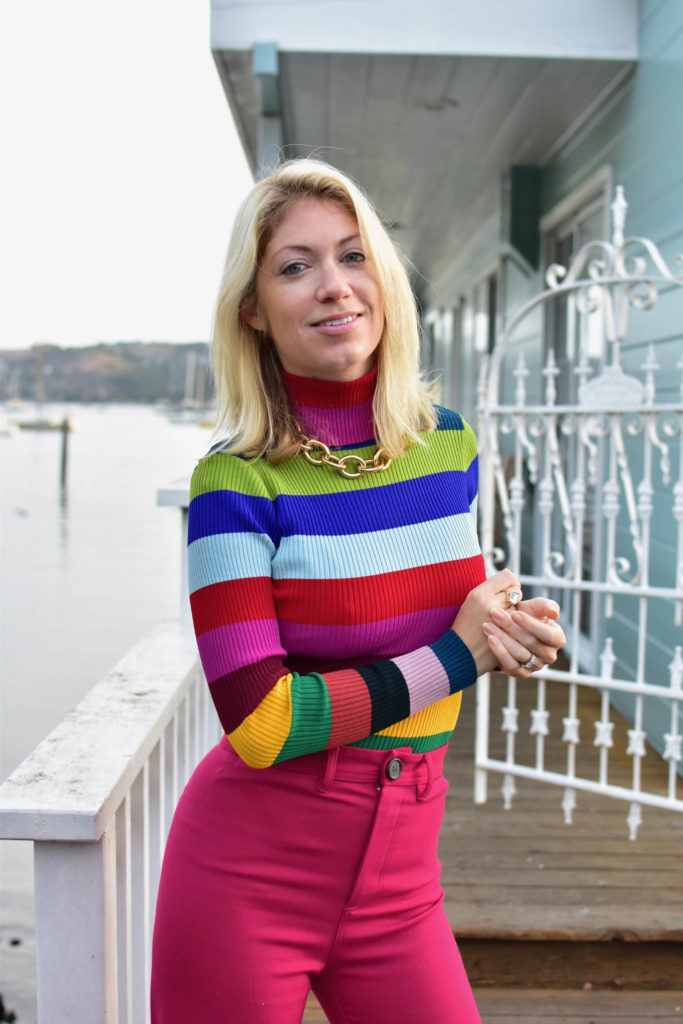
{Sweater and pant rental from Rent the Runway}
Day 4 Challenge: Find one item in your closet that needs a little TLC – what is it? Hemming? Cleaning? Patching? FIX IT!
Ok, now things are starting to get real. Knowledge can only take you so far, but it’s time for a little action. Good thing we are starting small! Pick one thing from your closet that needs a little repair and tackle that project. If it has a stain on it, break out the Tide Pen or yes, take it to the cleaners. If it needs a hem, a patch, or a button fixed, well, take it to the cleaners! (Most can do minor fixes and alterations). This would be a good time to learn how to sew, or ask your mom/dad/sister/grandmother to show you how. Learning a new skill like sewing on a button will come in endlessly handy!
For the item you find in your closet and think it’s beyond a simple repair, consider sending it to Reissued Style to be re-made into a new treasure, just for you. Check out my post here for more information on the process!
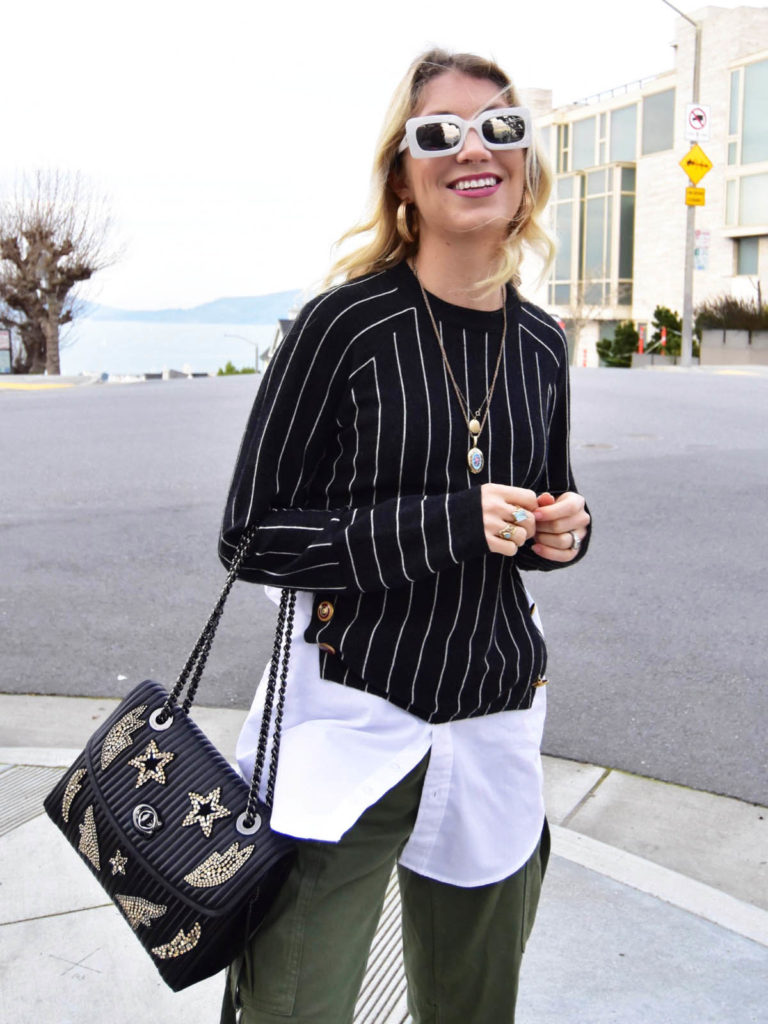
{Blouse re-imagined from Reissued Style}
Day 5 Challenge: Find one item in your closet that needs to be sold, and sell or dispose of it sustainably
One item, that’s all I’m asking for. It does take a little time to list these items, but this is the last thing I’m asking for for the week, so let’s get to it! Poshmark, Tradesy or TheRealReal are my favorite for listing a few single items, and ThredUP and Material World are fantastic for selling and donating more items at a time (for less of a price). Here is a blog post comparing Poshmark to ThredUp, so you can decide which one is better for your clothing stash.
For well-used items like T-shirts and jeans that are harder to re-sell, drop them off at your local Marine Layer and Madewell respectively, and they will responsibly recycle your tees and jeans (even those stained or with holes and logos) into NEW soft tees and jeans, AND you’ll get a discount coupon for brand new stuff! It’s what we call a win-win, and I think it’s a fabulous way to show your support for companies and brands that are trying to make a difference.
The reason listing these items are so important, is because guaranteeing there is no ‘end of life’ to something in your closet that could be well loved by another, lengthening it’s life and prolonging it’s demise in a landfill. Every new item of clothing made has a substantial carbon footprint attached to its manufacturing; but the amount of new energy needed to buy already used clothing, is ZERO!
